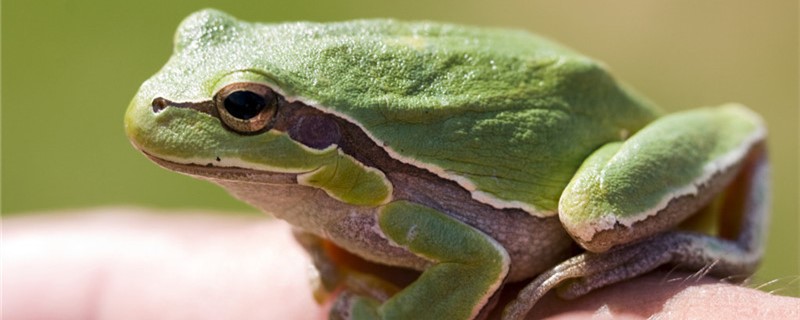 1. Do frogs need to hibernate
1. Do frogs need to hibernate Frogs are amphibians, and amphibians are all temperature-changing animals, or cold-blooded animals, and their body temperature is not as constant as that of warm-blooded animals. Therefore, when winter comes, the frog's body temperature will become very low, and then they need to go into hibernation. When the temperature drops to a relatively low range, frogs will take the initiative to find suitable winter places, often in some caves, and then drill into them. During the whole hibernation stage, frogs are basically inactive and do not eat. At this time, their body consumes very little energy. And because the caves are relatively warmer than the outside, they can survive the severe cold and not freeze to death in winter.
2. What happens when frogs don't hibernateAs cold-blooded animals, frogs' body temperature will drop to a lower range with the temperature in winter, so they need to hibernate. If you don't hibernate, frogs will probably freeze to death. In our country, winter is very cold in many places, and it may snow. Frogs are temperature-changing animals, and their body temperature will decrease accordingly. When it decreases to a certain range, the activity of frogs will be seriously affected. If the temperature is lower, they may freeze to death.
Furthermore, in winter, many plants die and many insects can't survive, which makes it difficult for frogs to find food. At this time, frogs can only preserve their physical strength by hibernating and persist in the whole winter. If frogs don't hibernate but continue to move, they may starve to death because they can't find food.